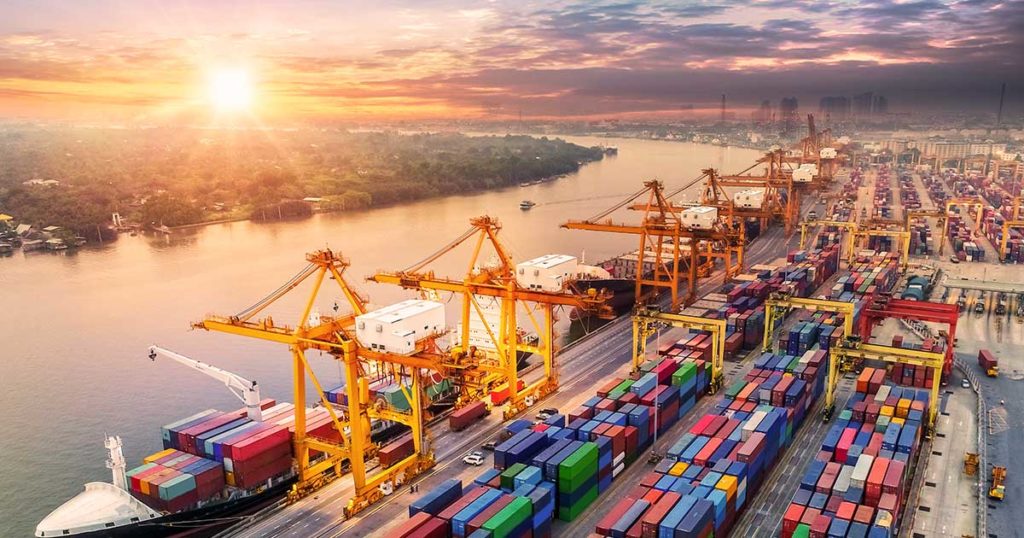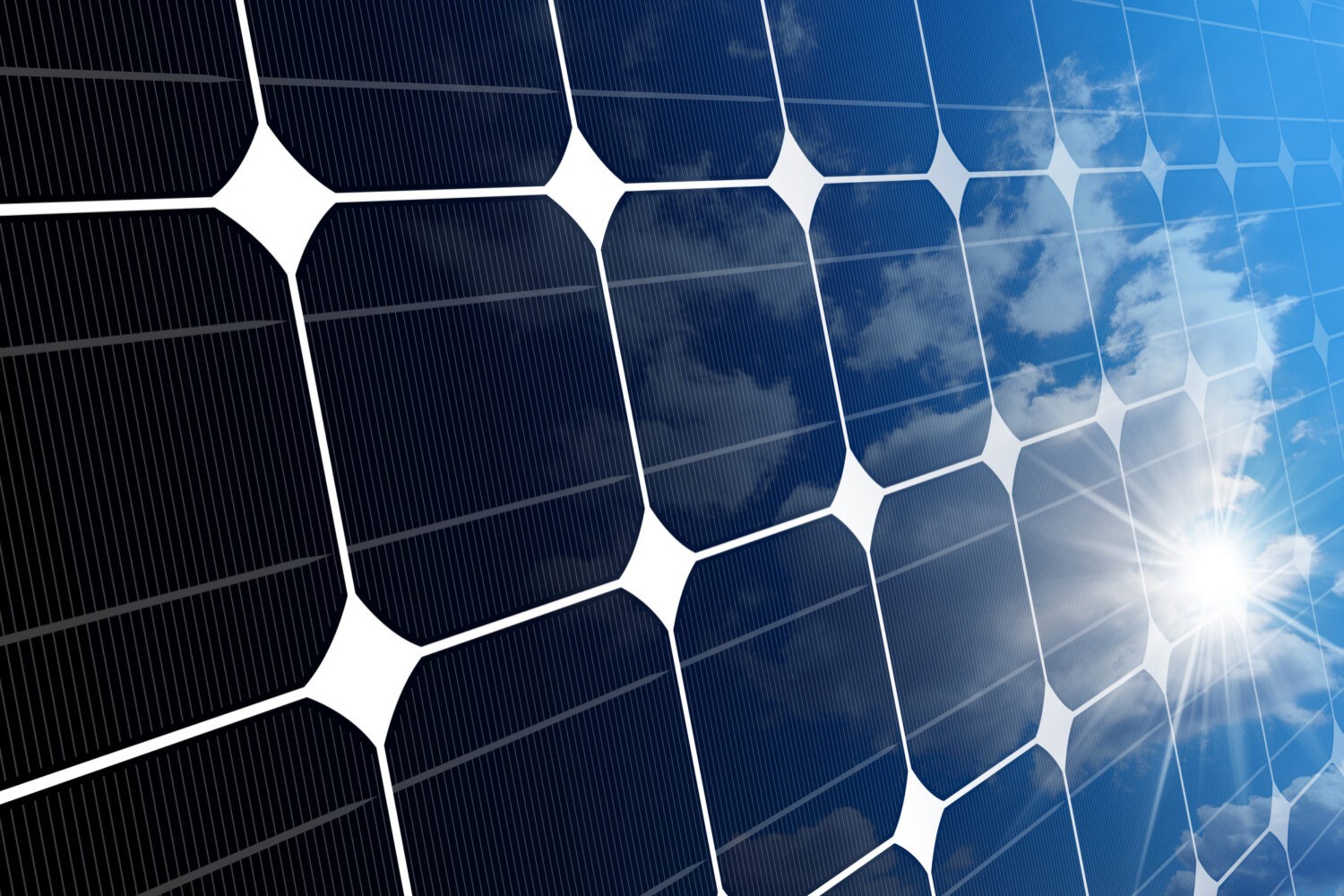
Shipping ports: leading the way for energy transition
With maritime transport accounting for 3% of the world’s CO2 emissions, several European countries embarked on projects aimed to improve the whole industry’s sustainability score, starting with ports
Maritime transport accounts for about 80% of global merchandise trade by volume and is responsible for 3% of the world’s CO2 emissions, which have increased by 32% over the past two decades. In this sector, environmental sustainability targets can only be achieved by re-designing the entire supply chain of port systems along with their logistical operations and means of production.
One of the biggest challenges is dependence on hydrocarbons. According to a study by Getting to Zero, zero-carbon fuels must represent 5% of international shipping’s fuel mix by 2030 for the global fleet to align to Paris Agreement climate goals.
Maritime transport accounts for about 80% of global merchandise trade by volume and is responsible for 3% of the world’s CO2 emissions, which have increased by 32% over the past two decades.
Together with national governments, the European Union is promoting the transition to lower carbon-footprint energy sources – such as liquefied gas, ethanol and green hydrogen – in order to accelerate the industry decarbonization. Introduced in December 2020 by the EU, the Sustainable and Smart Mobility Strategy is aimed to encourage single countries to re-design the maritime sector of tomorrow.
Taking up full advantage of sustainability challenges to race ahead technological innovation is the Port of Rotterdam, which successfully decreased its CO2 emissions by 27% between 2016 and 2020. For a few years now nicknamed “Manhattan on the Meuse”, Rotterdam mapped out a green strategy consisting of three steps (regulatory work on existing infrastructures, energy transition and full shift to a circular economy) with the aim of becoming a green hydrogen production & transport international hub. Hydrogen will be imported or locally produced thanks to off-shore wind power plants currently under construction in the North Sea.
Another ambitious initiative is being undertaken by Belgium for the purpose of stimulating increased production of maritime biofuels to power vehicles, industrial vehicles and marine engines. Starting from 2022, the Port of Antwerp will feature HydroTug, a dual-fuel engine tugboat that runs entirely on hydrogen and diesel developed by two Flanders-based companies: CMB from Antwerp and engine builder Anglo Belgian Corporation (ABC) from Ghent. Supported by shipping port authorities and scheduled to start by 2022, the project “Power-to-Methanol” will see the construction of a demonstration plant aimed to produce 8,000 tons of methanol through CO2 hydrogenation. This important achievement has been commented by Jacques Vandermeiren, CEO of Port of Antwerp, as “A new milestone in sustainable methanol production in the Port of Antwerp and a first for Belgium”.
Investments in renewable energy and sustainable mobility are core of the green transformation process taking place in the Port of Hamburg. Known as Germany’s Tor zur Welt (“gateway to the world”), Hamburg boasts the third-busiest port in Europe and is in the lead for rail traffic. Significant investments on energy efficiency are being made to optimize logistics operations based on an Industry 4.0 approach, made possible thanks to Big Data collection and analysis.
Another fuel consumption reduction strategy consists of using wind power. By building off-shore wind parks, ports would be able to produce hydrogen by leveraging the sea water electrolysis process to provide a diversification of energy supply sources.
By building off-shore wind parks, ports would be able to produce hydrogen by leveraging the sea water electrolysis process to provide a diversification of energy supply sources.
The French wind farm off Le Havre shore, expected to be brought into service in 2022, was presented as the greatest renewable energy industrial venture France has ever embarked on, representing an important step forward in its port systems’ energy transition path. But there is also who’s making wind an alley to reduce fuel usage through “kite surf”-alike systems: we are talking about LiberKite, an auto kite system invented by navigator Yves Parlier that aims to reduce small boats’ fuel consumption from 10% to 20% based on actual dimensions.
As underlined in the report Porti Verdi: the Route towards a Sustainable Development jointly prepared by Italian environmental association Legambiente and Enel X, many issues still need further work. Technological innovation, digitalization of shoreside logistics systems, integration of ports and rail networks with the creation of “green corridors”, phased electrification of consumption through the use of renewable energy sources and the conversion of shipping fleets to energy sources with a lower environmental impact are just some of the key agenda points needed to bring about a virtuous cycle of sustainable growth in the port sector.

